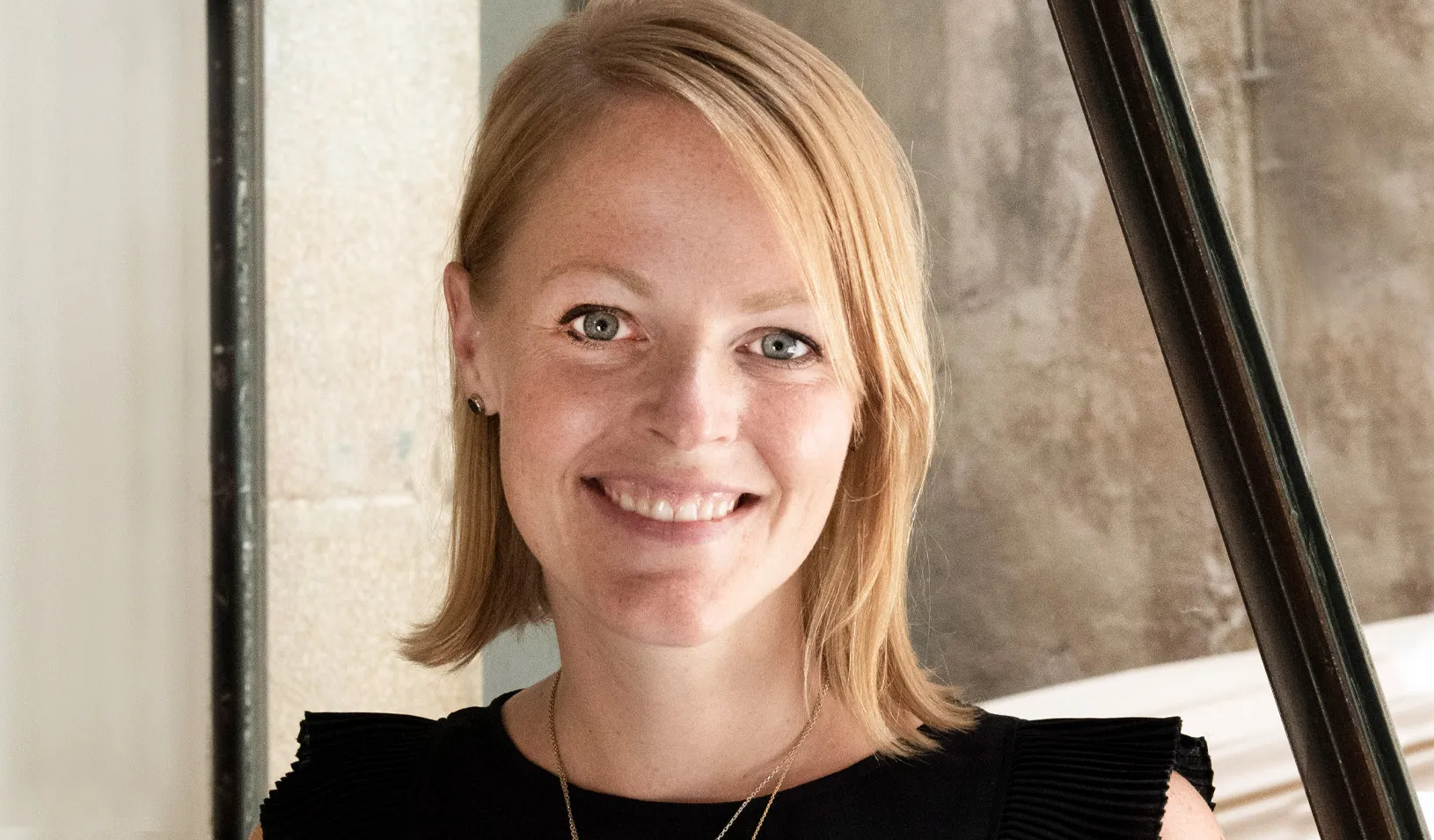Salaries Up Among Stanford MBA Class of 2015
The 2015 Employment Report points to bright prospects and all-time high salaries for the Stanford MBA Class of 2015.
November 18, 2015

The Class of 2015 chose jobs in diverse industries (see page six of the report).
Salaries are up among the most recent MBA graduates of Stanford Graduate School of Business. The average base has risen to an unprecedented $133,406, compared to $129,618 last year. The median, which had stayed unchanged for four years, rose 4% to an all-time high of $130,000. While signing bonuses are essentially flat, other guaranteed compensation has risen significantly; the record-breaking median of $52,500 represents a 67% rise compared to last year, while the average $73,488 represents a 4% increase.
Timing of Job Offers
Compared to 94% last year, 92% of the 259 job seekers in the MBA Class of 2015 reported receiving job offers 90 days after graduation. Job acceptances at the same time fell from 92% last year to 86% as MBAs became more selective.
“This cohort has a very positive outlook on the market and a higher tolerance for risk,” said Maeve Richard, assistant dean and director of the Career Management Center at Stanford Graduate School of Business.
“The strong market has allowed them to defer decisions about multiple offers, and in some cases, turn down offers to remain focused on searching for an ideal opportunity,” she said. “Stanford MBAs care deeply about making a difference and a job’s potential for impact, and they are willing to wait until they find the position that suits them best.”
Industry
The Class of 2015 chose careers in diverse industries, with finance and technology at the top of the chart at 31% and 28%, respectively. Not surprisingly, the strong salary increases this year came from graduates who went into finance, especially hedge funds and venture capital. Within the tech sector, continued diversification has led to the addition over the last few years of subcategories that account for emerging areas such as marketing, education, retail, and manufacturing, which have been added to the traditional categories of Internet services/e-commerce, software, and consumer electronics/hardware.
Interest in consulting continued to slip with this year’s two-point drop to 14%, while healthcare gained two points to 6%. The combined consumer-related categories of consumer packaged goods, retail, and hospitality slipped a notch to 7%; similarly, the combined categories of nonprofit and government dropped a point to 6%.
Demonstrating the diverse base of Stanford GSB recruiters, out of 355 organizations that hired Stanford MBAs for summer and full-time positions, 93% hired just one or two students.
Entrepreneurship
As in the previous two years, this year’s employment report includes a closer look at those who launched their own ventures. These entrepreneurs, excluded from job-seeking and compensation data in compliance with guidelines set by the MBA Career Services and Employer Alliance (CSEA), comprise 16% of the Class of 2015, down slightly from the 18% all-time high in 2013. The top three categories in which they launched ventures were consumer products and services, 14%; healthcare, 10%; and finance, 9%.
While a 60% majority of the entrepreneurs stayed on the West Coast, 28% started their companies outside the U.S.
Notably, the percentage of international entrepreneurs (20% of the class) outpaced the percentage of U.S. entrepreneurs (15%).
As an alternative to starting their own companies, many internationals were interested in joining startups. But the tendency for these employers to hire “just in time,” coupled with an H-1B visa process that does not favor startups, attenuated the search process for international students. Job acceptances three months out decreased to 82% from 89% last year. However, “This job-seeking pool is such a small size, the actions of a handful of students constitute the percentage difference,” said Richard.
Location
For the first time, this year’s employment report takes a closer look at the 68% of the class that stayed on the West Coast. Counter to the stereotype that equates West Coast jobs with the tech industry, Stanford MBAs went to a wide range of industries , with consulting and private equity tied at the top of the list at 11%. This new table does not include entrepreneurs.
At first glance, the pull of the West came at the expense of international opportunities, which continued on a downward trend to 7% compared to the peak in 2010, when more than one in five graduates went to work outside the U.S. However, the number of international entrepreneurs, which has nearly doubled since 2010, is not included and is therefore underrepresented in international jobs.
“Overall, our graduates are in great demand and their prospects are bright,” said Richard.
For media inquiries, visit the Newsroom.
Explore More
Erin Nixon Joins Stanford GSB as Assistant Dean of Admissions

Nia Rose Froome, MBA ’23: Making Local, Fresh Food Available for All

New Research Fund Promotes Responsible Leadership for the Next Century
